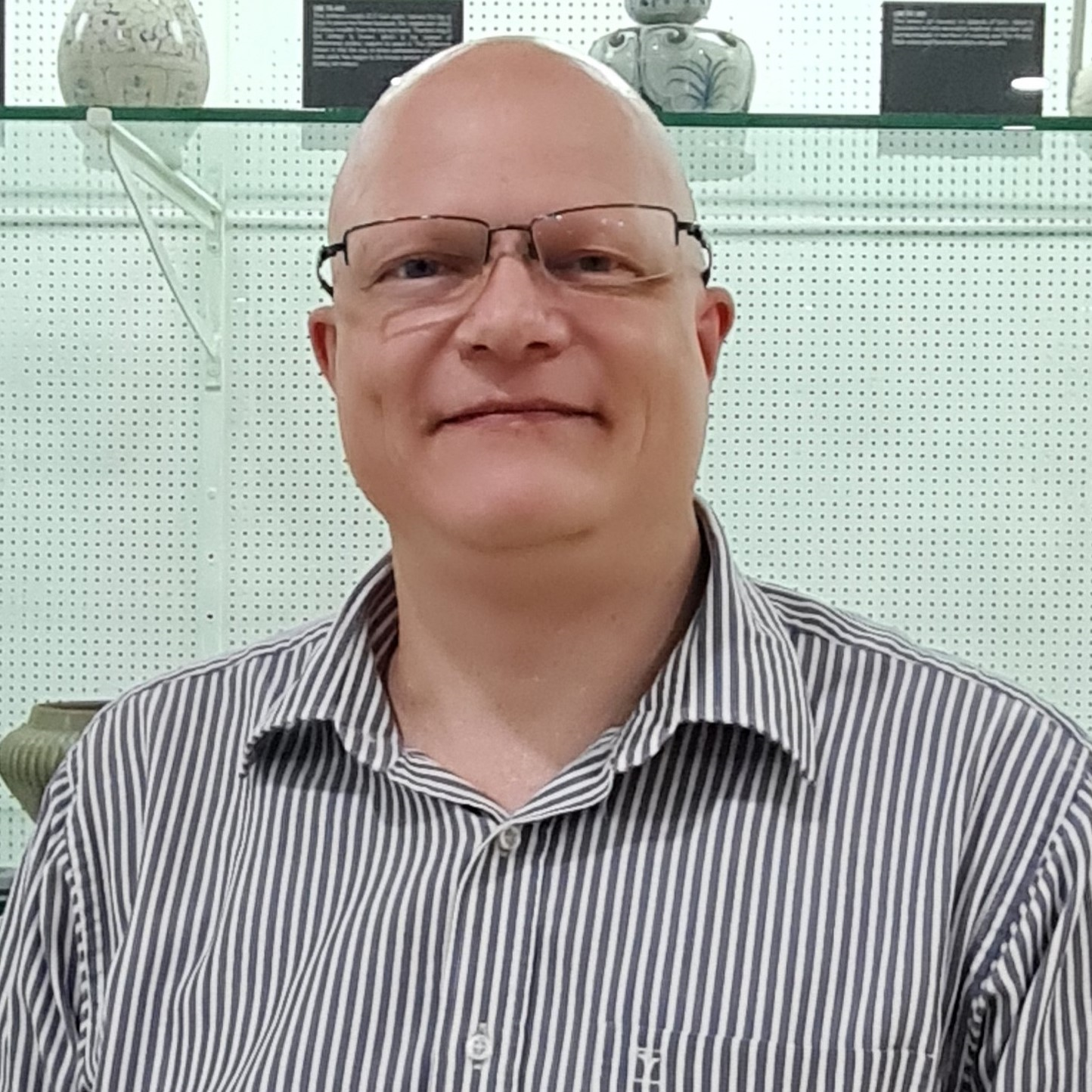Material Analyses of Ceramic Specimens from Museum of Asian Art, Universiti Malaya.
 |
|
|
AP Dr. Hendrik Simon Cornelis Metselaar Universiti Malaya |
Muhammad Iqbal Karim Universiti Malaya |
Ceramics are among the tangible products of human culture that are relatively widespread among societies over the world. The innovation and adoption of ceramic objects provides significant and essential questions for scholars. Different part of the world has different cultures and ceramics are produced at different area at different composition. Ceramics, especially fragments of pottery called potsherds, are one of the most common material objects that archaeologist encounter on surveys or excavations over the past six millennia. Traditionally the most widespread and important use of ceramics by archaeologists lies in formulating typologies which form the basis of chronologies. The major compendia on archaeological ceramics consider raw materials selection and preparation, methods of pottery fabrication and surface treatments, drying and firing procedure. Ceramic materials have a crystalline, partial crystalline structure or amorphous. Clay minerals play as the main material for production of ceramics which has some characteristic reactions like dehydroxylation, decomposition, transformation. Ceramic materials represent manufacturing techniques which were improved consistently over the course of time with chemical composition, mineralogy of raw materials, heating temperature. The different heating temperature affects on clay materials and mineral fragments and depends on types of clay. The Rehydroxylation is used for archaeological fired clay ceramics for adjust with according to differences in firing temperature, mineralogy and microstructure. Traditionally, typology of the ceramics, in combinations with archaeological evidence has been used to determine the manufacturing technology in historical communities. In our project, we want to explore the possibility of supporting this with data from modern material characterization techniques. Material characterization refers to the techniques aiming to better understand the structure, composition and properties of materials. Different thermal analysis and material characterization techniques are used on the ceramics materials such as Density Measurement Archimedes Law, Fourier Transform Infrared Spectroscopy, X-Ray Diffraction, Thermomechanical Analysis and Thermogravimetric Analysis. The Museum of Asian Art, University of Malaya has a large collection of artefacts and sherds of ceramics materials that represent different cultures. The different material characterization techniques help us to find out the firing temperature and to classify the sherds. Scientific approaches to ceramic analysis encompassed the composition of ceramic artefacts and sherds to determine the source of the material and the possible location of manufacture. For analyzing the materials need to measure the density of ceramics and the results are not more than 2.38 gm/cc except some samples. For FTIR test, the maximum samples are similar peak due to similar functional group and covalent bonds with peaks are between 400-1300 cm -1 and the spectra of the samples are closely related yet also some differences are found. By observing the XRD, several minerals are quartz, mullite, sillimanite and kaolinite and silicate share peak at same angle at 26.50 . The ceramics has low crystallinity due to the mixture of different minerals. This is due to the heat up of oxygen hydroxide which groups and form oxides which cause the structure to distort and have a non-proper crystalized structure.
Total Visits : 9604